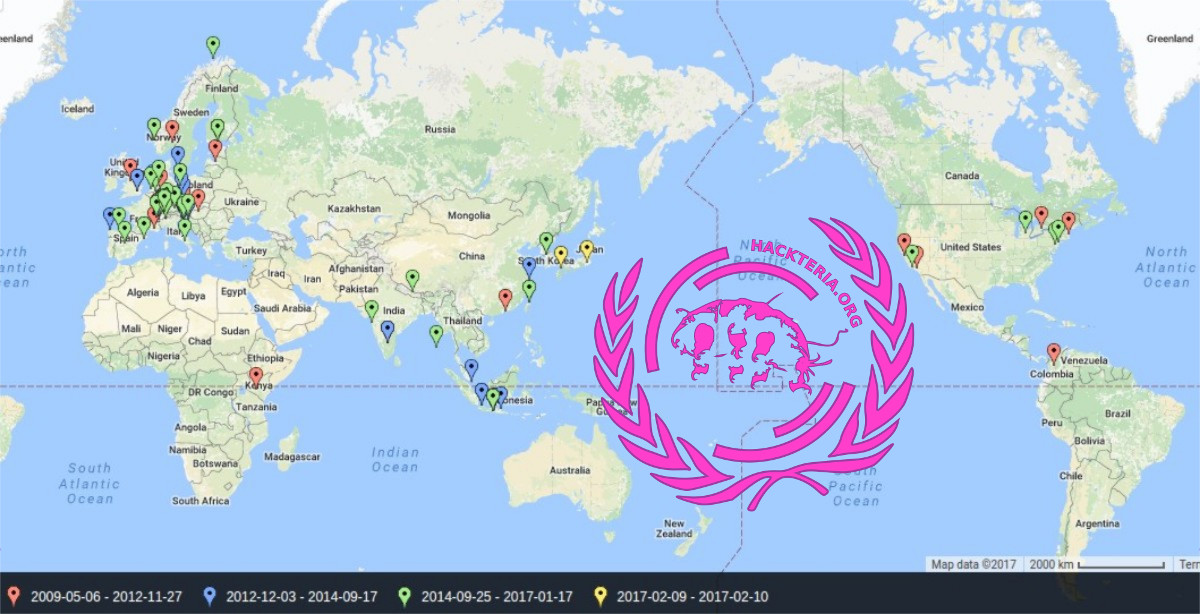After our recent Cheese experiments on Randen, Switzerland, we are currently developing our Cheese making workshop concept event further. This time we try various protocolls that should work in a tropical climate in Yogyakarta, Indonesia. More and more the story is developing of using the cheese making as a metaphor to discuss general topics of biotechnology, synthetic biology and global patenting and IP in the food industry. See some notes about our idea of an Open Cheese on the wiki.
Stay tuned for an upcoming workshop in Cheese making in Yogya soon!
A fact that is not so known is that the main ingredient to make cheese, the so called rennet, an enzyme called chymosin (in german it’s called “Lab”), is nowadays primarily made using recombinant genetic technology, a great innovation and very efficient way to produce the enzyme in a cell factory, such as bacteria, yeasts or most commonly the fungis aspergillus niger.
The product is called FPC, fermentation produced chymosin, sometimes termed vegetarian rennet, as it is not as originally extracted from slaughtered calf-stomach. It was the first product of a GMO accepted by the US food and drug administration, FDA. It is also one of the few GMO products registered in Switzerand since 1988, and it does not need to be labelled.
“Giving it another try to make my own cheese here at lifepatch. This time I found proper fresh milk, pasteuriized, some Bio Kul yoghurt like starter culture and the still have loads of the rennet I brought from Switzerland.”
From Cheese (Keju) Making Experiments in Yogya. Posted by Marc Dusseiller Dusjagr on 3/04/2014 (32 items)
- This was my first failed experiment, the massive stinkiness was kinda interesting tho…
- Getting everything prepared in the new CheeseLab at lifepatch. Sterilized the towels …
- So, this milk looks much better. Call it normal past fresh milk (from the biiiig care…
- Some fresh yoghurt drink, including some acidifying bacterlia, hope they are still al…
- The "Lab" aka rennet aka chymosin aka cow-stomach extract I brought from Sw…
- Some Ethanol to clean/sterilize tools and hands once in a while.
- Cleaning the working surface with water and then 70% EtOH
- Pouring the milk into the clean pot
- Add the yoghurt bacteria starter at "room" temperature. Okokok, it came fro…
- Let it sit overnight to have the bacteria acidify the milk.
- Next morning we are ready to start curdling the milk. Ideally we slowly warm it up to…
- Prepare the rennet aka "Lab" and use a pipette so suck up a few drops.
- Add 8-10 drops of rennet to the mild and very gently stir and mix it.
- Leave it sit still for 1-2 hours at approx 30° C.
- This is a good time to wash & sterilize all the tools and cloth again by boiling …
- After 1-2 houre test with your (clean) finger if the curd has properly formed. It sho…
- Gently cut the curd into small cubes, 1-2 cm wide.
- Add new hot water to the water bath and raise and hold the temperatur of the curd to …
- During the setting of the curd, gently mix it from time to time with your (clean) han…
- Leave it cool down to room temperatur and ideally the curd should sink down in the wh…
- Gently sieve our he curds.
- Prepare the clean cheese cloth and pour he curds into it. You can capture the whey be…
- Wring out as much of the whey through the cloth and wrap it tighly. Hang it up in the…
- After 12 hours of curing the curd in the fridge take it our and prepare the DIY Chees…
- Unwrap the cheese and give it a first taste…. Mmmmhhhh!
- Squish it again, and add salt if needed or other spices as you wish.
- Put a clean cheese cloth nicely into the tube.
- Add the curd into the tube and smear it flat. Nicely wrap up the cloth on the top.
- Add everything into the press and adjust the pressure by the height of the whole setu…
- Aaaahhh, nice pressed cheese. Let’s start the ripening an drying process.
- Mmmhhh, tasting the fresh cheese, goes great with Nur Akbar’s wine.
- Naaaiice little cheese after 3 weeks of ripening in the fridge.
Generated by Facebook Photo Fetcher 2



















































It‘s quite in here! Why not leave a response?